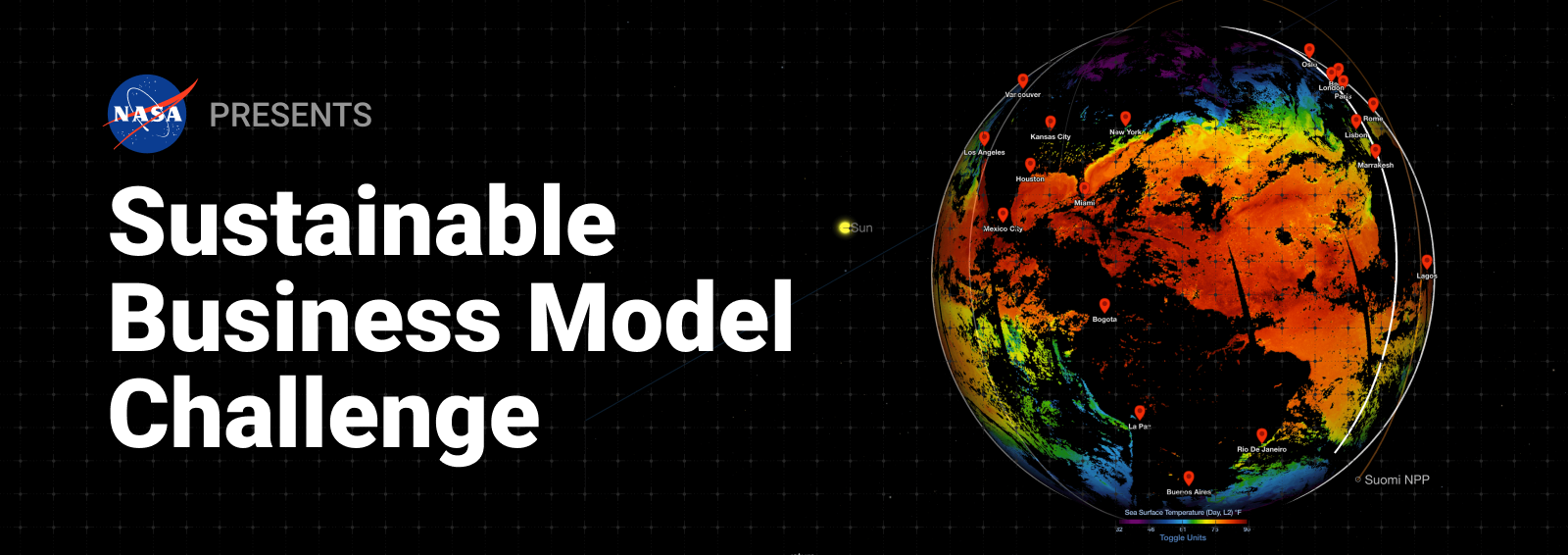GraphQL vs REST API: Key Differences and Best Use Cases | Mbloging
Introduction to GraphQL vs REST API GraphQL vs REST API is a widely debated topic in modern web development. APIs (Application Programming Interfaces) play a crucial role in enabling seamless communication between different systems. Two dominant paradigms in the API world are GraphQL and REST (Representational State Transfer). While both serve as intermediaries to fetch and manipulate data, they differ significantly in their structure, flexibility, and use cases. In this comprehensive guide, we’ll compare GraphQL and REST APIs, highlighting their core concepts, advantages, disadvantages, and scenarios where each excels. In this comprehensive guide, we’ll explore REST APIs, comparing their core concepts, advantages, and scenarios where each excels. What is REST API? When discussing GraphQL vs REST API, REST is a design paradigm that outlines a set of principles for building web services. These constraints emphasize a stateless, client-server architecture and standardized endpoints. Key Features of REST API Resources and Endpoints: REST APIs expose resources like /users or /products through endpoints. HTTP Methods: REST uses methods such as: Stateless: Each request is independent and carries all the information required for the server to process it. HTTP Status Codes: REST APIs use status codes to indicate success or error (e.g., 200 for success, 404 for not found). Advantages of REST API Simplicity: Well-documented and widely adopted. Scalability: Stateless nature makes it easier to scale. Cacheable: HTTP caching mechanisms can improve performance. Disadvantages of REST API Over-fetching/Under-fetching: Clients may receive unnecessary data or require multiple requests to get all needed information. Rigid Structure: Adding new fields or modifying endpoints can lead to versioning issues. What is GraphQL? Created by Facebook, GraphQL is both a query language and a runtime designed for APIs. It provides a more flexible and efficient way to fetch and manipulate data compared to REST. Key Features of GraphQL Single Endpoint: GraphQL uses a single /graphql endpoint to handle all queries. Flexible Queries Feature: GraphQL allows clients to define and request only the specific data they need. Real-time Updates: GraphQL supports real-time data with subscriptions. Strong Typing Advantage: A schema in GraphQL establishes the structure and types of the API, ensuring clear and consistent communication. Advantages of GraphQL Efficient Data Fetching: Clients get exactly the data they request, reducing over-fetching and under-fetching. Strongly Typed Schema: Ensures better documentation and prevents errors. Real-Time Capabilities: Subscriptions make GraphQL ideal for real-time applications. Evolvability: No need for versioning, as the schema can evolve without breaking clients. Disadvantages of GraphQL Complexity: Requires more setup and maintenance than REST. Caching Challenges: Traditional HTTP caching doesn’t work well; custom solutions are needed. Learning Curve: Developers need to understand schemas, queries, and resolvers. Explore More on GraphQL vs REST API If you found this introduction helpful, dive deeper into the nuances of GraphQL vs REST API, complete with code examples, best practices, and use cases, on our blog.

Introduction to GraphQL vs REST API
GraphQL vs REST API is a widely debated topic in modern web development. APIs (Application Programming Interfaces) play a crucial role in enabling seamless communication between different systems. Two dominant paradigms in the API world are GraphQL and REST (Representational State Transfer). While both serve as intermediaries to fetch and manipulate data, they differ significantly in their structure, flexibility, and use cases.
In this comprehensive guide, we’ll compare GraphQL and REST APIs, highlighting their core concepts, advantages, disadvantages, and scenarios where each excels.
In this comprehensive guide, we’ll explore REST APIs, comparing their core concepts, advantages, and scenarios where each excels.
What is REST API?
When discussing GraphQL vs REST API, REST is a design paradigm that outlines a set of principles for building web services. These constraints emphasize a stateless, client-server architecture and standardized endpoints.
Key Features of REST API
- Resources and Endpoints: REST APIs expose resources like /users or /products through endpoints.
- HTTP Methods: REST uses methods such as:
- Stateless: Each request is independent and carries all the information required for the server to process it.
- HTTP Status Codes: REST APIs use status codes to indicate success or error (e.g., 200 for success, 404 for not found).
Advantages of REST API
- Simplicity: Well-documented and widely adopted.
- Scalability: Stateless nature makes it easier to scale.
- Cacheable: HTTP caching mechanisms can improve performance.
Disadvantages of REST API
- Over-fetching/Under-fetching: Clients may receive unnecessary data or require multiple requests to get all needed information.
- Rigid Structure: Adding new fields or modifying endpoints can lead to versioning issues.
What is GraphQL?
Created by Facebook, GraphQL is both a query language and a runtime designed for APIs. It provides a more flexible and efficient way to fetch and manipulate data compared to REST.
Key Features of GraphQL
- Single Endpoint: GraphQL uses a single /graphql endpoint to handle all queries.
- Flexible Queries Feature: GraphQL allows clients to define and request only the specific data they need.
- Real-time Updates: GraphQL supports real-time data with subscriptions.
- Strong Typing Advantage: A schema in GraphQL establishes the structure and types of the API, ensuring clear and consistent communication.
Advantages of GraphQL
- Efficient Data Fetching: Clients get exactly the data they request, reducing over-fetching and under-fetching.
- Strongly Typed Schema: Ensures better documentation and prevents errors.
- Real-Time Capabilities: Subscriptions make GraphQL ideal for real-time applications.
- Evolvability: No need for versioning, as the schema can evolve without breaking clients.
Disadvantages of GraphQL
- Complexity: Requires more setup and maintenance than REST.
- Caching Challenges: Traditional HTTP caching doesn’t work well; custom solutions are needed.
- Learning Curve: Developers need to understand schemas, queries, and resolvers.
Explore More on GraphQL vs REST API
If you found this introduction helpful, dive deeper into the nuances of GraphQL vs REST API, complete with code examples, best practices, and use cases, on our blog.







































































